In our previous article we talked about the most anticipated space missions of 2023. But before reaching the launch sites of spaceports, many of the concepts of these missions were formulated and articulated at international NewSpace conferences. These events play host to panel discussions that are attended by heads and representatives of leading aerospace agencies and companies, along with entrepreneurs and philanthropists whose contributions move the entire new space industry forward. Take a look below at the most exciting space conferences and symposiums to keep an eye on in 2023.
Geo week: 3D mapping on a planetary scale
Over 2800 participants from 50 countries took part in Geo Week 2023, a conference dedicated to environmental protection, which took place February 13-15 in Denver, Colorado.
Geo Week is not only a space conference, although it always pays special attention to new technologies in the field of satellite monitoring and remote surface scanning. One of the leading technologies for remote mapping is LiDAR (Light Imaging, Detection and Ranging), which uses the light reflected from the surface of scanned objects to build spatial 3D models.
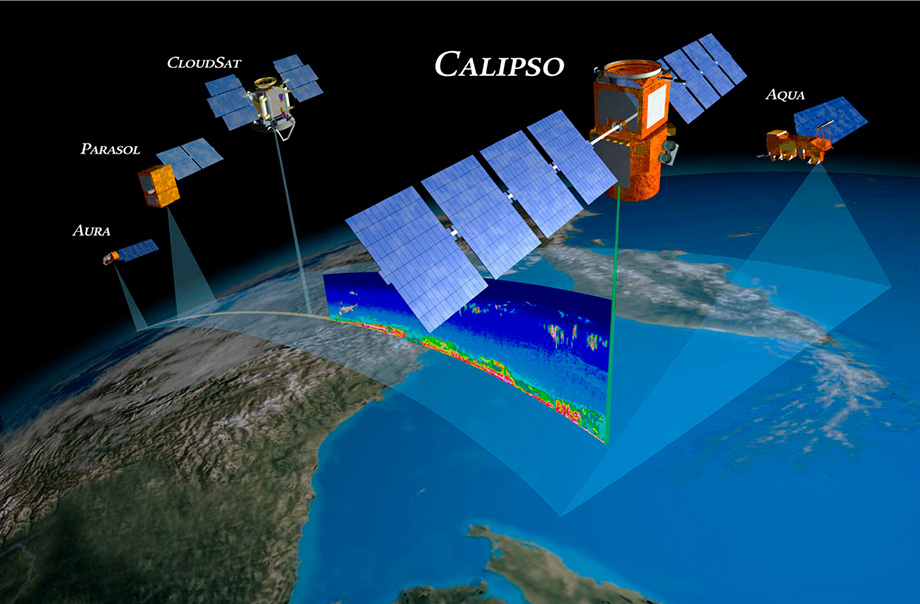
It is hard to overestimate the potential of satellite 3D mapping of the Earth today. Interactive 3D landscape maps could be the future of design activities in the fields of nature conservation, climate change mitigation, construction, industrial mapping, and telecommunications. The creation of 3D mapping applications will certainly benefit the defense sector, as interactive maps can provide militaries with a much higher level of awareness on the battlefield and provide the most up-to-date information about the specifics of the terrain, especially in unfamiliar places.
This and many other innovative remote mapping technologies were discussed at the panels of the International LiDAR Mapping Forum (ILMF) in live discussions with world leaders in the field of geo-mapping. Panelists hosted by the World Geospatial Industry Council (WGIC), stressed the importance of diversity and inclusiveness in geospatial data acquisition.
Last but not least was the exhibition pavilion, which presented a number of innovative technologies from remote sensing market leaders, like Oxford Technical Solutions (OxTS), LidarSwiss Solutions, and Exyn Technologies. In total, there were over 175 geospatial technology companies at the Geo Week 2023 exhibition.
Despite the fact that this year’s Geo Week has already come and gone, we have included it in our list, since registration is already open for Geo Week 2024, which will be held February 11-13.
Space Com: Space for the planet
From February 21 to 23, the 49th Space Congress was held in Orlando, Florida at Space Com 2023: The Global Commercial and Space Exhibition, whose theme this year was “Off planet for the planet.”
The main topics of the panel discussions were the construction of space infrastructure, increasing the commercialization of orbital space, new methodologies for space exploration, and the incorporation of artificial intelligence into the space industry. Today, machine learning algorithms are being integrated into a range of customer-centric applications that allow large businesses to access processed satellite data and analytics to operate more economically and intelligently.
This is particularly true for precision farming, a method in which satellite data processed by AI algorithms is used to predict yields in industrial farming.
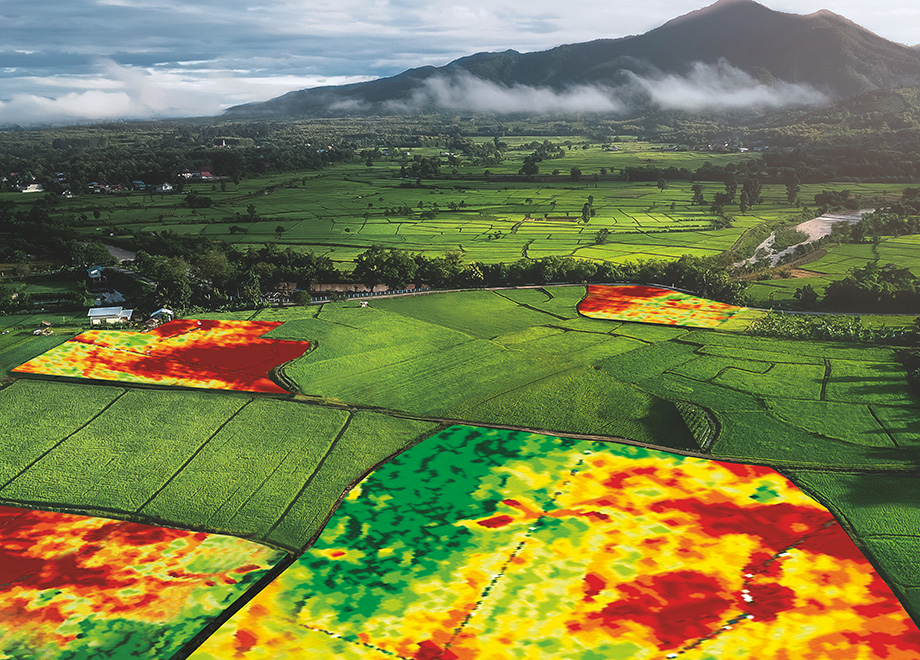
Source: Planet Labs
Recall that this year, EOS Data Analytics became the first company to fully dedicate itself to the use of precision farming methods, and launched the first monitoring satellite of its future EOS SAT constellation in early January. Artificial intelligence will be crucial in the subsequent collection and analysis of images received from the EOS satellite, and this was a hot topic at this past Space Com.
Competent analytics of satellite data will potentially far more to humanity than just helping to grow crops. The openness and accessibility of information provided by satellites today will play a decisive role in matters of nature conservation and the fight against climate change. A panel discussion hosted by speakers Dan Katz (CEO of Orbital Sidekick), Lauren Guy (CTO and founder of ASTERRA), and Robert Fabian (Vaya Space Inc.) on February 22 focused on optimizing satellite data monitoring to develop new, environmentally-friendly methods for conducting orbital activities.
In the process of collecting monitoring data, the issue of organizing reliable and high-speed satellite communications also comes to the fore. This issue was the focus of the Critical Communications discussion, which also took place on 22 February. The panel discussed new technologies for optical satellite communications, as well as issues related to the development of infrastructure for receiving and transmitting satellite signals.
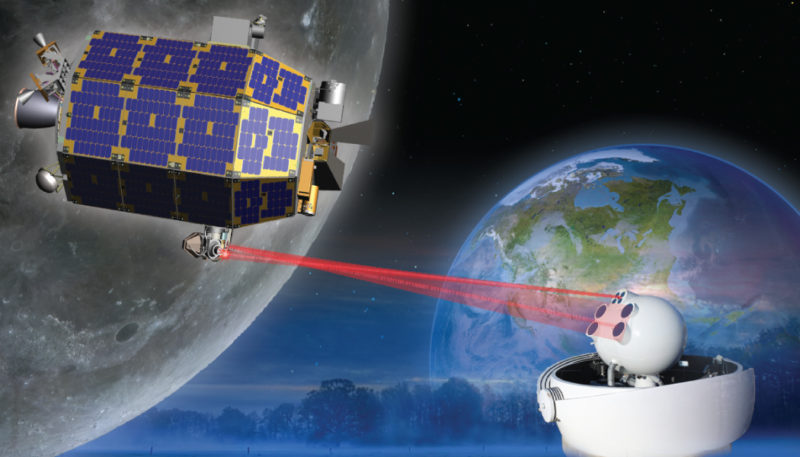
The main trend this year will be mechanisms for creating a sustainable communication system, as the problems caused by the instability of space communications continue to have a negative impact on the entire space telecommunications industry. New solutions in the creation of interference-resistant satellite communication technologies can get the ball rolling on this. Among the keynote speakers for this panel were Erik Eliasen (Viasat Inc.) and Brian Barnett (founder and CEO of Solstar Space Company).
Space Mobility 2023: the military needs space
There was a kind of conference within the Space Com conference called Space Mobility 2023, which was focused upon the use of orbit for defense purposes. Speaking at the conference on February 21, Maj. Gen. Stephen Purdy of US Space Force and Executive Director of the Secure Access to Space Program, outlined the Pentagon’s priorities for the NewSpace sector.
Major General Purdy emphasized that the US military simply does not have the resources to build new types of missiles and spaceports specifically for the needs of US national security, and so it will thus soon be investing in procuring these things from the wares and services that private aerospace companies offer customers today. This includes things from the rapid orbital delivery of goods to the maintenance and refueling of satellites.

Source: NASA, Restore-L Spacecraft
It is already obvious that by turning to private business, the Pentagon is killing two birds with one stone, not only conserving its own budget, but also promoting the development of private space in America by offering very lucrative contracts to the commercial sector.
Space Com paid special attention to cybersecurity and satellite data protection. The increased competition in commercial orbital activities is steadily introducing risks of theft and loss of satellite data. This situation worsened last year when in reaction to the full-scale Russian invasion of Ukraine, several commercial satellite monitoring companies began providing their geospatial data to Ukrainian intelligence. This move, as expected, made their servers a potential target for attacks by Russian hackers.
The recent Space Com and Space Mobility conclaves in Orlando brought together thousands of entrepreneurs, innovators, and space explorers for three days of panel discussions and exchanging ideas on how to make the NewSpace ecosystem even more resilient and efficient. Very soon, we will be able to observe the first results of this mental work.
Satellite 2023: the future of satellite technology
The main satellite technology event of the year, Satellite 2023, is scheduled from March 13 to March 16 in Washington, DC. The conference, which will be complemented by an exhibition of the same name, was first held back in 1981, and has been bringing together a large number of both newcomers and veterans of the NewSpace industry under one roof every year since.
The main topics in the conference program this year are the security of military satellite communications systems and the build-up of strategic satellite capabilities in the polar orbits and the Arctic. A March 13 roundtable of satellite manufacturers will discuss the prospects for placing satellites in various types of orbits. This opportunity could be especially useful for manufacturers and suppliers of small satellites, who are increasingly focusing their companies’ capabilities on conquering low Earth orbit (LEO). The current situation has already created a dangerous trend in which many of the satellite companies that have bet on LEO in recent years are facing severe competition in the market and shortfalls in funding, leaving some of them on the verge of bankruptcy.
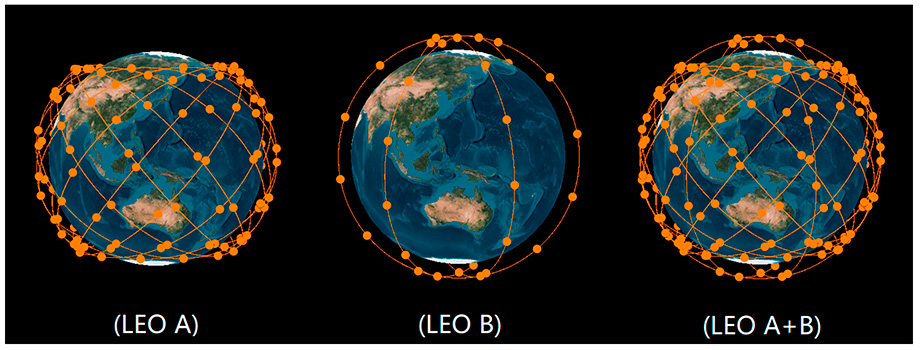
Source: MDPI
Space investors will also have much to discuss at the Satellite 2023 panel discussions. The main issue for large aerospace companies now is figuring out prospects for private and public funding of the space industry in the coming years. The financial crisis caused by the COVID pandemic and continuing against the backdrop of the Ukrainian-Russian war has negatively affected the flow of funding to the entire industry, as NASA recently warned.
Satellite 2023 can rightfully be considered one of the year’s major American events in the field of satellite technology. The list of participants includes not only the leading builders of US satellites, but also companies that deliver them into orbit. At this year’s conference, you can meet D-Orbit, headquartered in Italy with subsidiaries in the US and Britain, along with industry giants like Airbus, Boeing, Blue Origin, L3 Harris, Lockheed Martin, Relativity Space, SpaceX, Thales Alenia Aerospace, and ULA.
The small satellite and cubesat industry will have a strong presence at the 37th Annual Small Satellite Conference from August 5-10, in Logan, Utah, USA. Sponsorship programs, student competitions and its own exhibition make this event highly anticipated by all those who are interested in small satellites.
The small satellite and cubesat industry will also have a strong presence at the 37th Annual conferences Small Satellite, which will be held August 5-10 in the US city of Logan, Utah. Sponsorship programs, student competitions and our own exhibition made this event highly anticipated by all those who are interested in small satellites.
NETS: nuclear technology and orbit
Nuclear space engines still remain a priority solution for organizing long-term space missions, especially those far from the Sun. It was with the help of nuclear decay reactions that NASA was able to launch the two epoch-making Voyager missions beyond the boundaries of the solar system and a number of missions of the New Horizon program.
From May 7 to May 11, advanced solutions in the field of nuclear and fusion space technologies will be at the forefront of the Nuclear and Emerging Technologies for Space forum (NETS 2023) taking place in Idaho Falls.
Participants will talk both about the past and about the prospects of using nuclear engines and power sources in organizing future planetary and space missions. There will be particular focus on the new trend of miniaturizing nuclear batteries and propulsion systems for placement on board small satellites and cubesats.
Forum participants will also discuss the future of the Dragonfly spacecraft, which is planned to be sent to the surface of Saturn’s moon Titan as part of the next mission of the New Horizons space program. Dragonfly is unique in that it will be capable of vertical landing and takeoff (VTOL). This should greatly simplify its movement between areas of Titan that are of greatest interest.
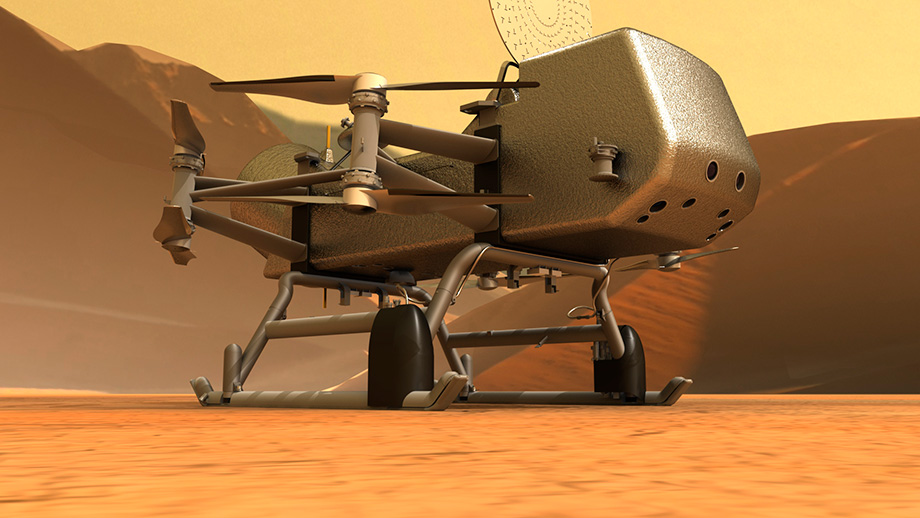
Dragonfly’s main power source will be lithium-ion batteries, which will be charged from a radioisotope thermoelectric generator (MMRTG). Dragonfly is expected to conduct research on Titan’s surface during the daytime, and as night approaches, it will land and recharge its power supplies from its nuclear battery.
NETS is likely to come up with even more innovative ideas about the use of nuclear energy in orbital and space missions, so we’ll be keeping a close eye on any forum updates in early May.
Space Tech Expo Europe: the largest European space event
In the autumn of 2023, Bremen will not only host Oktoberfest, but also a space event in a more dry venue. Europe’s leading space exhibition, Space Tech Expo Europe 2023, will open its doors at the Bremen Exhibition Hall from 14 to 16 November. Space Tech Expo Europe is an offshoot of Space Tech Expo USA, which is itself scheduled this year for May 2-4 in Long Beach, California. The American aerospace exhibition will host over 250 participating companies, each of which will have its own exhibition space.

Source: Space Quip Journal
Despite the priority and importance of the American Space Tech Expo, its European branch will also have something to surprise its visitors. There will be particularly keen interest in any information related to future launches and new modifications of the Arianespace 6 and Vega-C launch vehicles. As we remember, last year saw both European rockets experience unsuccessful launches, so the European Space Agency will predictably strive to revive its rocket-building potential.
Another interesting space event in Europe will be the International Conference on Space Exploration, which will run from 10 to 12 May in Turin, Italy. The conference will take place on the home turf of its organizers, Italy’s Air and Space Academy.
There are seven plenary sessions planned for the conference, which will touch upon both philosophical and technical aspects of space exploration. Panelsts will discuss future robotic space missions to search for liquid water in the solar system and plans to bring samples of it back to Earth.
There will also be a focus on environmental safety during future lunar missions. The flight technology session will consider new concepts for studying the atmospheres of planets and moons around the solar system using stratospheric balloons equipped with a payload of scientific equipment that can stay in the upper atmosphere of the bodies they are surveying for a long time, sending data to Earth . The keynote speaker on the first day of the conference will be the head of the ESA, Josef Aschbacher.
This year promises to be full of new ideas and concepts in the space industry. This has been only a small list of exciting space events. Many others can be found in the schedule compiled by the Go Astronomy portal.





